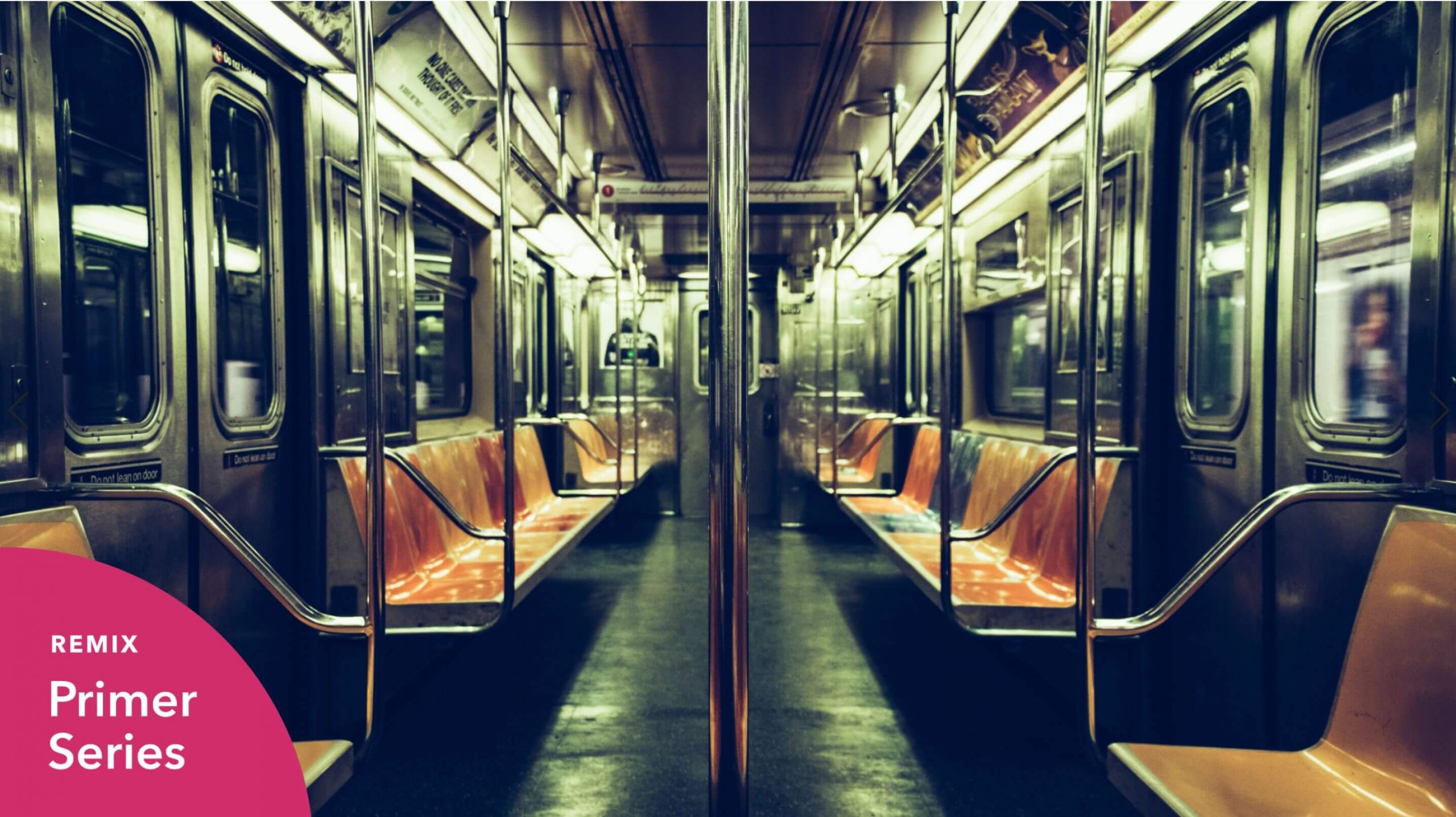As cities around the world grapple with traffic congestion, air pollution, and accessibility issues, the idea of free public transport has gained traction as a potential solution. But is it really the silver bullet that many believe it to be? In this article, we'll explore the pros and cons of implementing free public transport.
Pros:
- Increased accessibility: By removing the cost barrier, more people will be able to access public transport, particularly those who are low-income or live in areas with limited transport options.
- Reduced traffic congestion: With more people using public transport, there will be fewer cars on the road, leading to reduced traffic congestion and improved air quality.
- Boost to local economy: Free public transport can encourage more people to visit local businesses and attractions, leading to a boost in the local economy.
- Social benefits: Free public transport can help to reduce social isolation and improve social cohesion by making it easier for people to connect with others and access community services.
Cons:
- Cost: Implementing free public transport is expensive, and the costs must be borne by taxpayers or other sources of funding.
- Increased demand: With more people using public transport, there may be increased demand for services, leading to overcrowding and longer wait times.
- Reduced revenue: Removing fares means that public transport operators will lose a significant source of revenue, which may impact their ability to maintain and improve services.
- Equity concerns: Free public transport may not benefit everyone equally, particularly those who do not use public transport or those who live in areas with limited service.
Conclusion:
While free public transport has the potential to address many of the challenges facing cities today, it is not a one-size-fits-all solution. Cities must carefully consider the costs and benefits of implementing such a policy, and ensure that it is equitable and sustainable in the long term.

